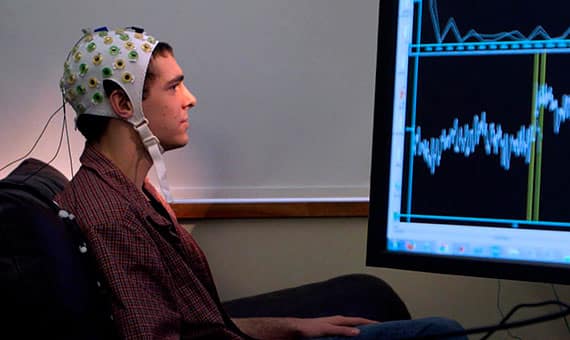More and more people are using personal technology like smart speakers, smartwatches, wearables, and virtual reality (VR) headsets. The pandemic has made us rely on these devices for socializing, entertainment, and learning. We’re also seeing the rise of wearable technology, such as smart earbuds, watches, and fabrics, that can enhance our daily experiences by providing information and interacting with our senses.
Another exciting development is the brain-computer interface (BCI), which can connect to the human brain and read its activity. BCIs have the potential to greatly enhance our intelligence, but we need to consider if we are ready for this change and if our businesses and technology systems can adapt.
BCIs can be categorized as invasive or non-invasive. Invasive BCIs require surgery to implant devices with tiny electrodes into the brain, while non-invasive BCIs use external devices like electroencephalogram (EEG) and infrared sensors.
Invasive BCIs provide more accurate data and have been used successfully in treating spinal cord injuries, controlling prosthetic limbs, and managing depression. Non-invasive BCIs don’t require surgery but rely on signals from devices worn on the head.
Many companies and organizations are working on advancing BCI technology, including DARPA’s Brain Initiative and companies like Kernel, Qneuro, NeuroSky, and EMOTIV. Although BCIs have shown incredible potential in the medical field, there are still challenges to overcome.
Elon Musk’s Neuralink is one of the most well-known BCI startups, but there is still much to learn about how the technology can be effectively used. In the future, BCIs could enable us to have telepathic conversations, access superhuman abilities, relive memories and dreams, and immerse ourselves in virtual experiences.


